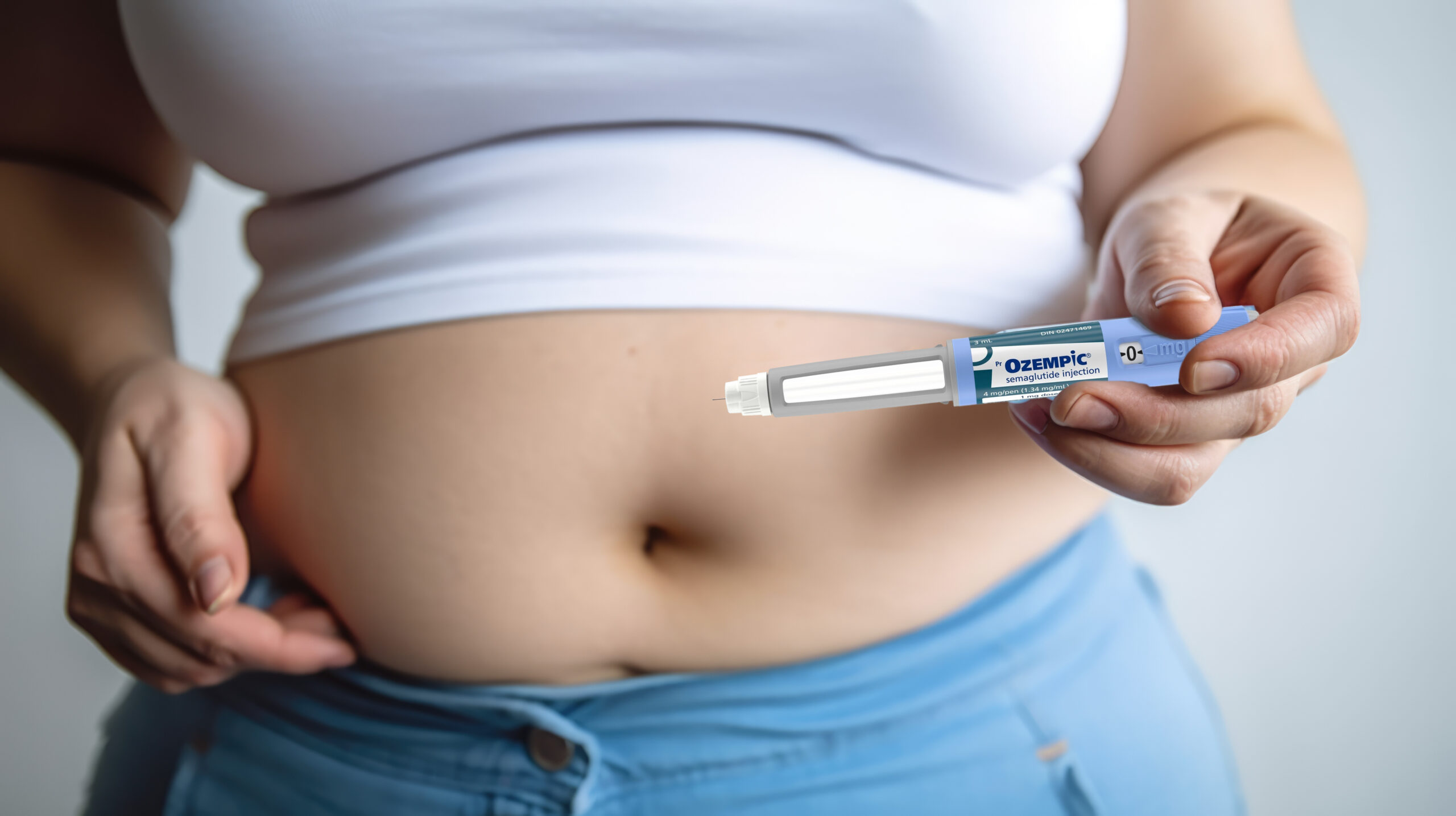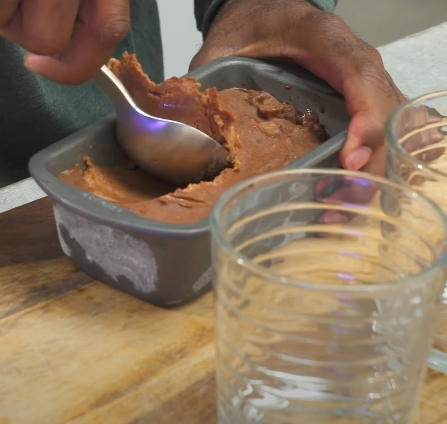Common sense tells you that the longer the duration of exercise, the larger the energy expenditure – the more calories you burned. The intensity of the exercise – either as a percentage of maximum endurance capacity (VO2 Max) or maximum heart rate (220-age) – determines the type and percent of energy expended – carbohydrate (muscle and liver glycogen) and adipose fat (fatty acids and glycerol).
When exercise is stopped, a process called enhanced or excess post-exercise oxygen consumption is activated – once again determined by the exercise duration and intensity. As more fat acids (FA) are expended post-exercise, as reflected in a lower respiratory exchange rate (RER), the FA expensed can go on for hours in untrained and endurance-trained people.
According to The Importance of Fatty Acids as Nutrients During Post-Exercise Recovery, which appeared in the March online issue of the journal Nutrients, “the peak in circulating FA concentration in the immediate recovery (first hour post-exercise) period following submaximal exercise has been suggested to be due to a delayed spill-over effect from the increased adipose tissue lipolysis (fatty acid breakdown) induced during exercise.”
As time progresses in the early recovery period, “the whole-body lipolytic rate, determined from the plasma glycerol rate of appearance, increases by up to 400% above resting values during exercise of 1 to 4 h at 40%–65% of VO2peak” – which roughly translates to 55 to 75% of max heart rate.
It’s known that circulating insulin levels can inhibit adipose tissue lipolysis (fatty acid breakdown). It’s also recognized that, “plasma insulin concentrations are decreased during exercise and remain lower in early recovery compared with pre-exercise or resting conditions until glucose or meal ingestion. Thus, a lower plasma insulin concentration can also contribute to an increased adipose tissue lipolytic rate in early recovery,” note the study authors from Denmark.
The Danish researchers comment that, “coinciding with the low RER values in early recovery, oxidation of plasma-derived FAs is increased in the first 3 hours and represents the major part of the FAs oxidized during the early recovery period.”
In a member of our advisory board’s prior hospital-affiliated weight management programs, they monitored participant’s RQ (respiratory quotient) representing the spread of energy utilization at rest and the RER during max VO2 testing to determine the optimum fat maximum zone based on a heart rate spread.
The study authors concluded by saying, “whole-body FA oxidation is increased for several hours following aerobic exercise, even with carbohydrate-rich meal intake during recovery from exercise.”
In this board member’s experience they have seen some post-menopausal (average age of 55) women and obese men with a high RQ coming into my weight management program, which signifies that over time (Rome was not built in a day) that they had become quite proficient in storing fat.
It usually took 6 weeks of combined aerobic exercise in a heart rate zone – based on testing – of 50 to 70 percent of maximum – along with circuit training (ten exercises) – just to get back to a baseline to begin to expense body fat and inches.
The solution is for you to keep moving – with a modicum of dietary controls – and to keep the system metabolically active well into old age.
Interested in reading more? Check out Targeting the Optimum Fat Burning Heart Rate Training Range






